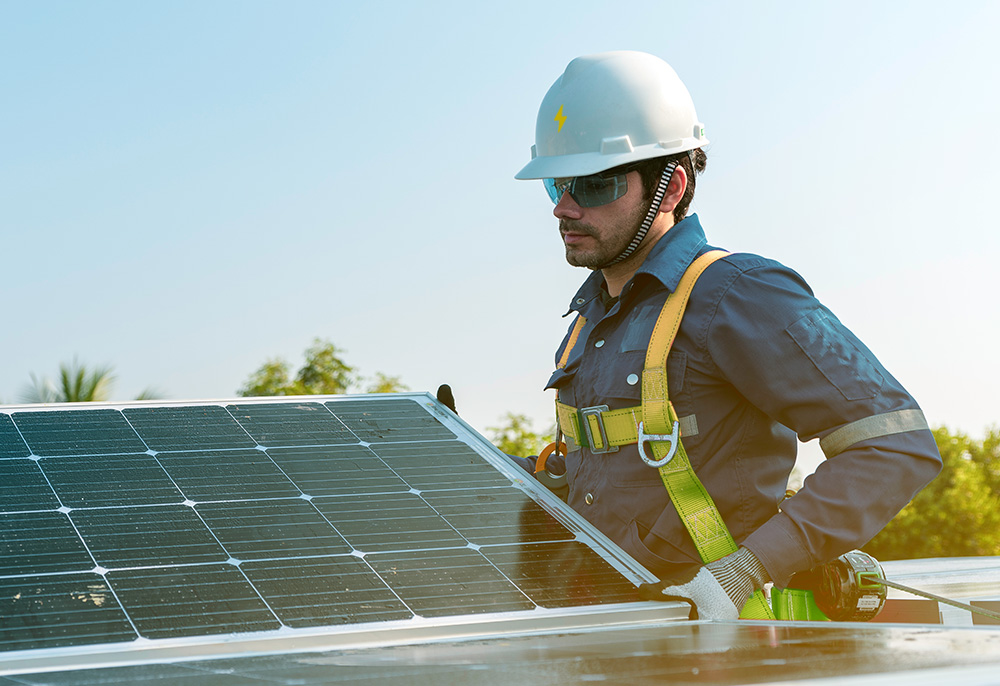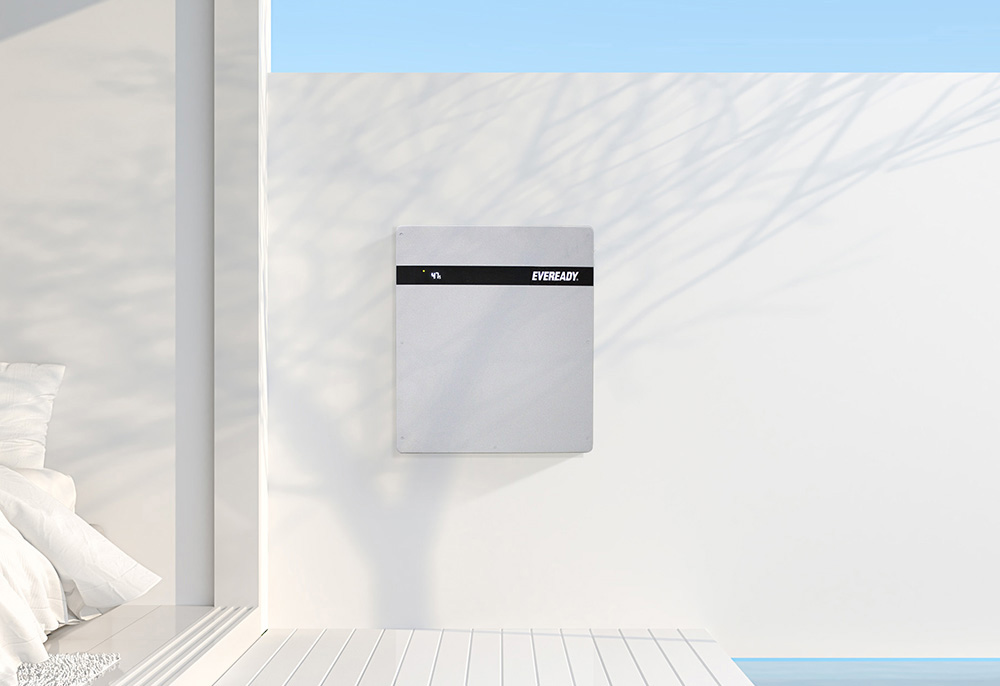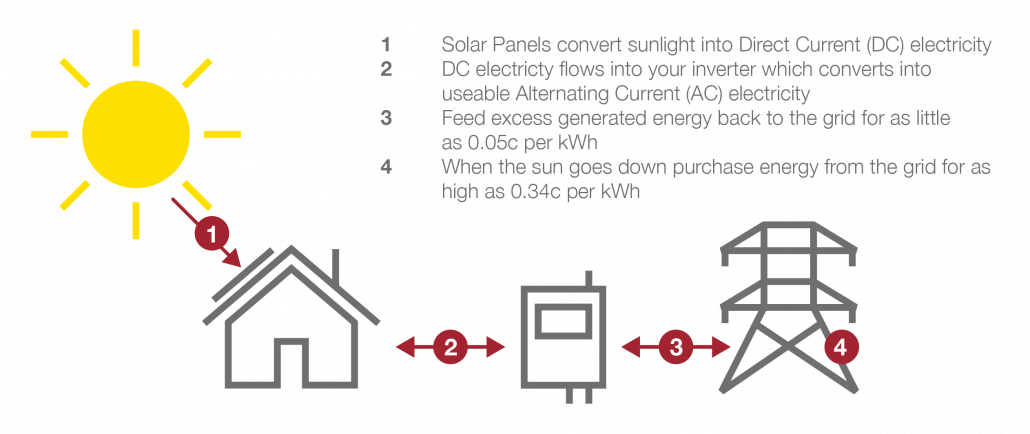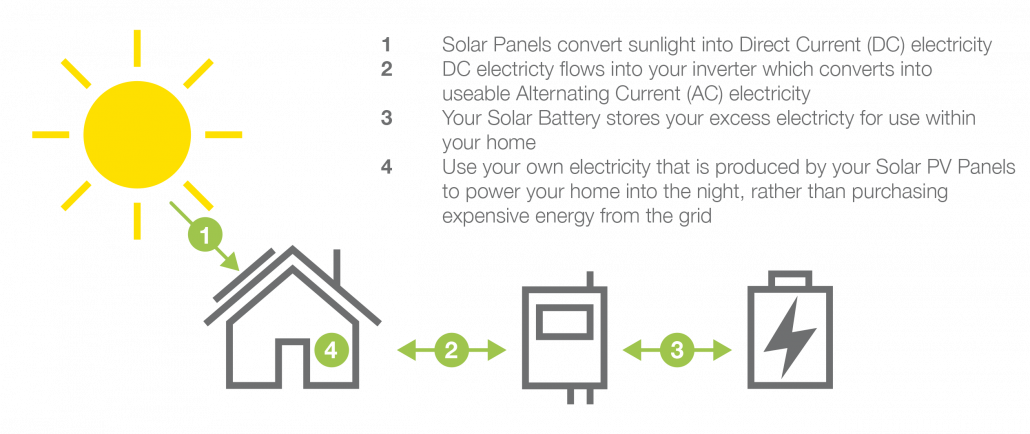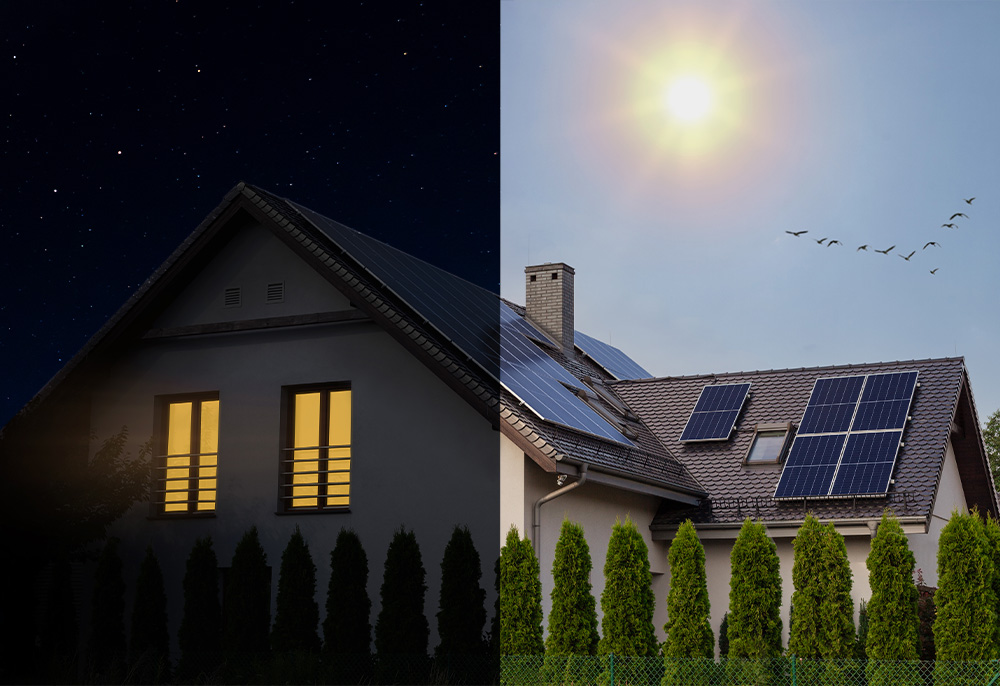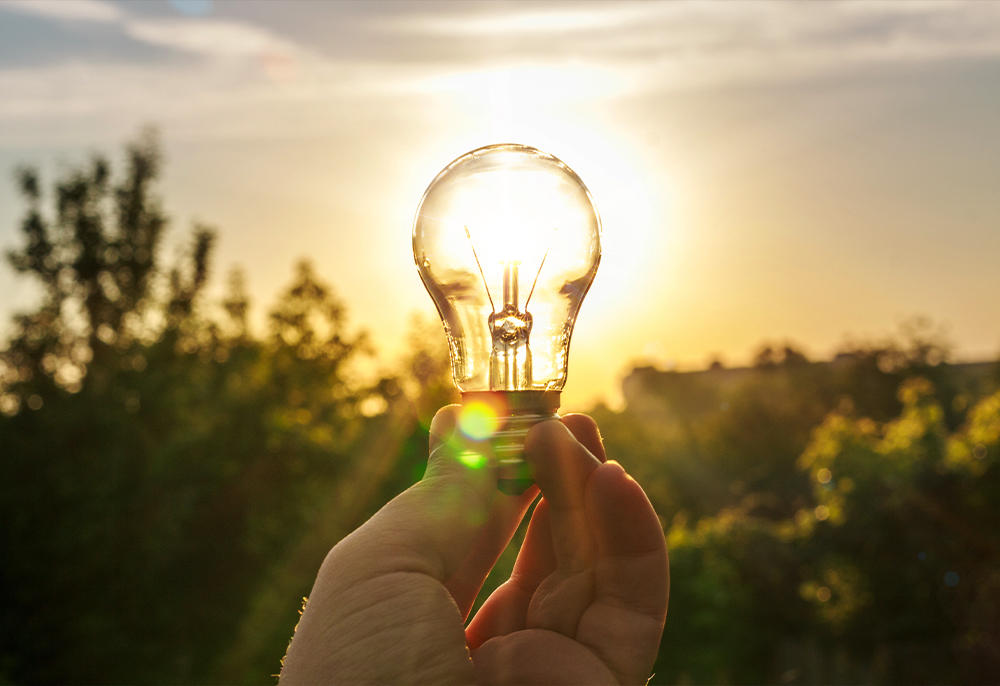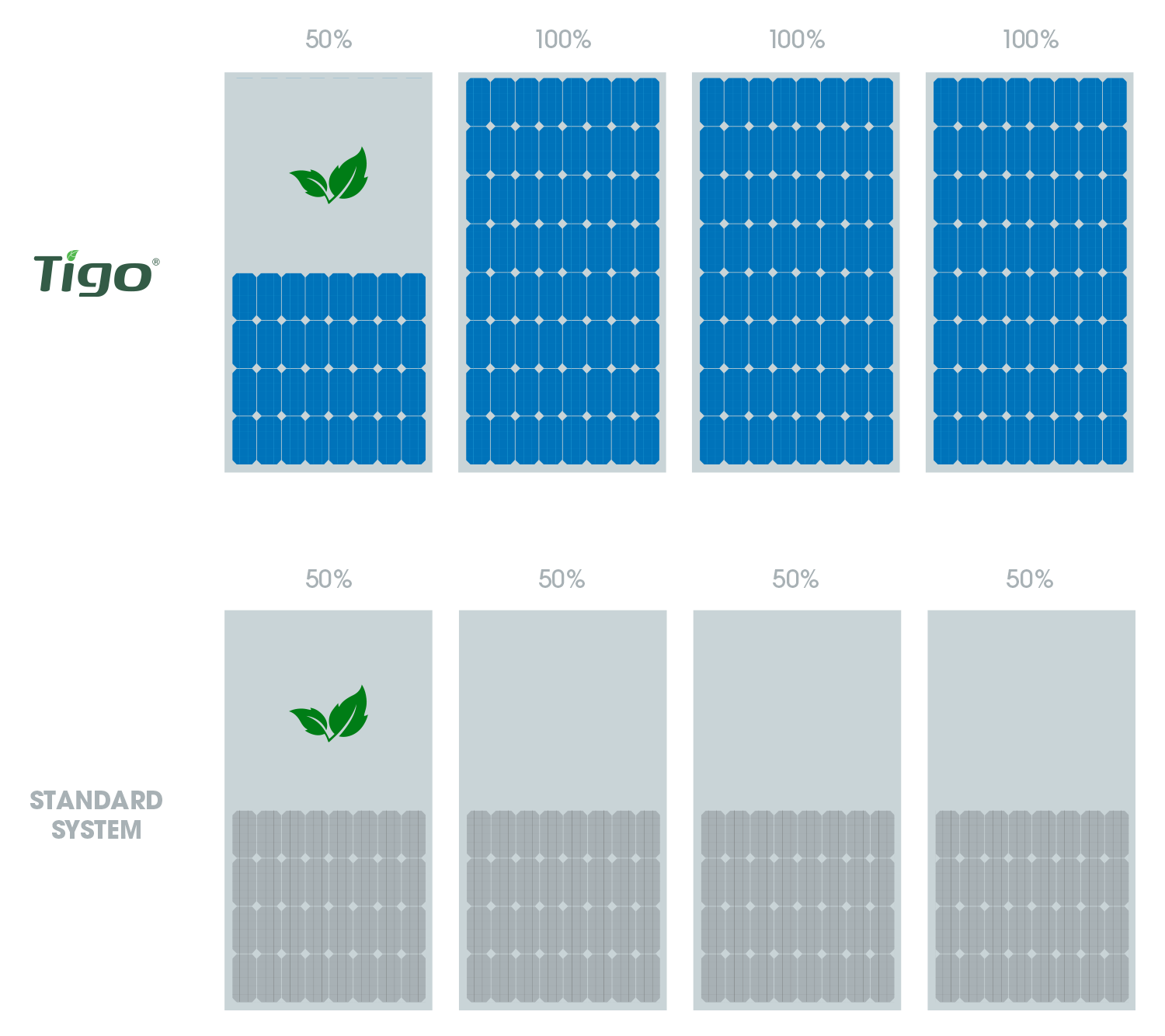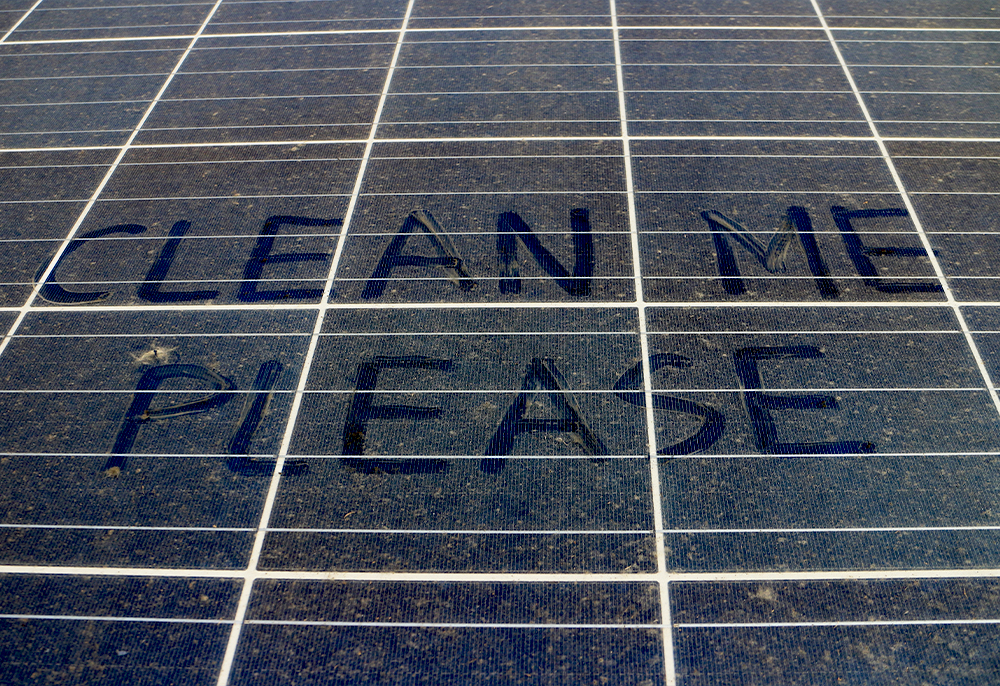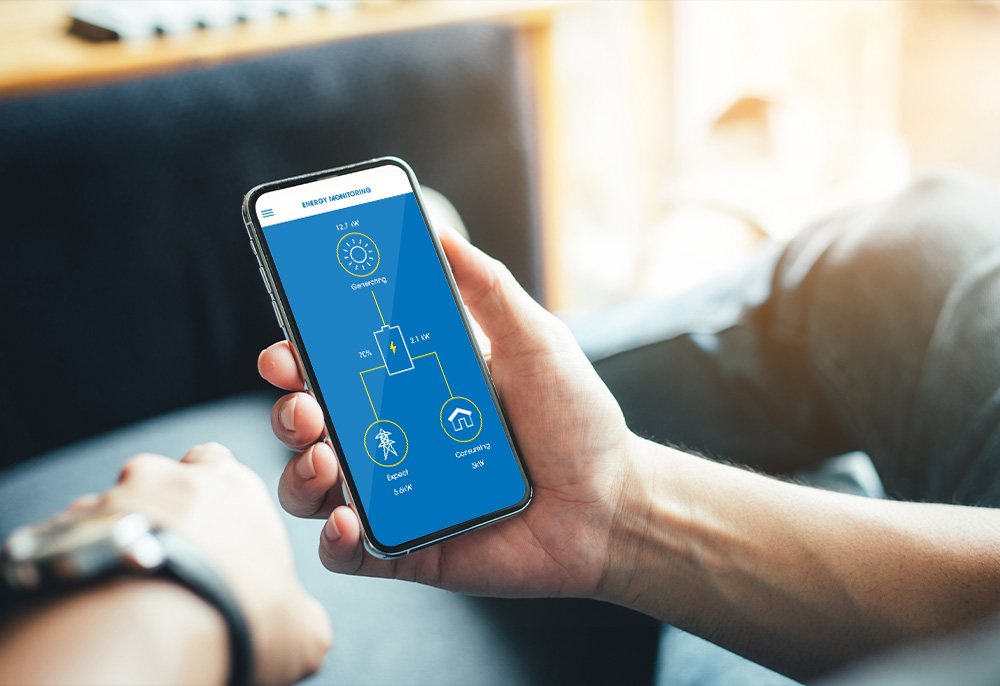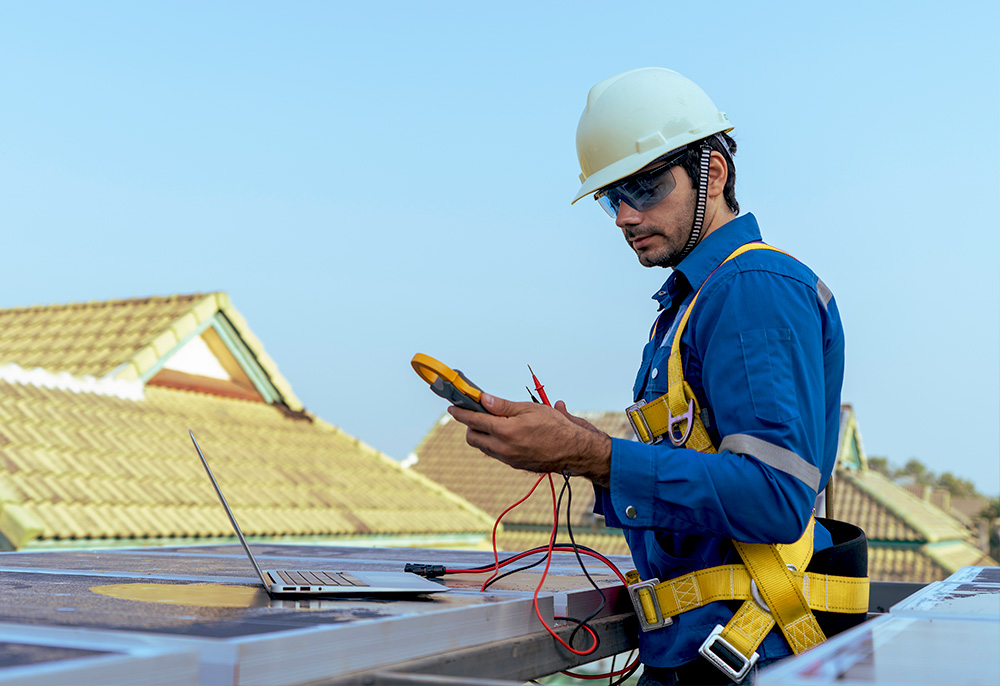Solar Battery Group (SBG) has provided customers with high-quality solar batteries and exceptional customer service for over 30 years. Specialising in premium battery storage and solar panel systems, SBG supplies the very best technology and services to meet the needs of Australian households.
Before we dive into just a few of SBG’s 5-star reviews, let’s start with the basics:
What is a solar battery?
A solar battery is a device that stores the excess energy produced by solar panels during the day, which can then be used during the evening or at times when the sun is not shining. By storing this energy, solar batteries can help households reduce their reliance on the grid and lower their electricity bills.
Why do I need it?
A solar battery can help you save money and reduce your carbon footprint by making your home more energy-efficient. Using the energy stored in the battery during peak hours can avoid high electricity rates and reduce the strain on the grid, which can help reduce greenhouse gas emissions.
Why should I choose Solar Battery Group?
Solar Battery Group is the ideal choice for anyone looking for top-quality solar batteries and exceptional service. As a New Energy Tech Approved Seller, they only use Clean Energy Council accredited installers and approved products, ensuring their customers receive the highest quality solutions for their energy needs.
The Solar Battery Group tailored packages are designed to suit every household’s requirements, and as a 100% Australian-owned and operated company, they understand the unique needs of their customers.
Furthermore, with over 30 years’ of industry experience, they have the knowledge and expertise to help you maximise your solar investment. And with our Best Price Guarantee, you can rest assured that you’re getting the best possible value for your money. Solar Battery Group is a service-driven company committed to providing its customers with the best possible experience.
But don’t just take our word for it; keep reading for some of our recent 5-star reviews.
Great customer service
“Everything they said they would do, they did in the time frame they said they would. Can’t ask for anything than that. Also I had a small problem filling out the Government rebate form so SBG sent someone out to help me. That’s great customer service.” – Mark.
Well informed and Impressive result
“The process was seamless. My time wasn’t wasted and I was kept informed during the installation. They were upfront about a better fit with an upgrade to a 5kW battery and it has performed well in service. The battery lasts most of the night with very little need for power from the grid. The app provides plenty of information allowing appliances to be used when there is plenty of power from the roof panels. I’m very happy with the service, installation and result.”
Great Company. Very Good Service. Great Staff
“We had an existing system updated to be able to add batteries. We have not had any electrical issues since with the update. They came when they said they would and did what was agreed for both the service of the unit and the update. We now have the ability to see via a phone app our solar information. Would recommend their solar service too.”
Great solar battery
“Don was pleased with his solar battery installation, which was quick, easy, and took up very little space. He appreciated that the installer explained everything in detail, ensuring that he understood how the system works. Don was able to start saving money and energy right away.” – Don.
Great product
“Really good service and friendly staff, can’t complain, very helpful” – Mark W.
“Once I made the call and spoke to the sales reps, they put my mind at ease straight away and talked me through the entire process. On installation day, they arrived and were very well mannered and respectfull and went about their work in a real no fuss and quick manner. The whole thing has been a very pleasant and now exciting experience as I watch how well it is working for me in keeping my costs down, I am very happy.” – Peter N.
Excellent service
“Everyone I spoke to was so helpful from start to finish. The battery was installed within a week. We couldn’t be happier.”– Justine.
SBG is dedicated to helping customers save money and energy through their top-notch solar batteries and excellent customer service. By storing the excess energy produced by solar panels, solar batteries can help households reduce their reliance on the grid and lower their electricity bills.
Solar Battery Group may be the perfect solution for you if you’re looking to reduce your energy costs and minimise your carbon footprint. With exceptional customer service and high-quality products, you can trust SBG to help you save money and energy while doing your part to protect the environment.


